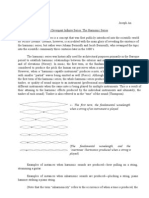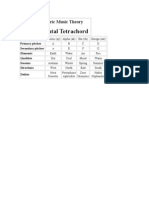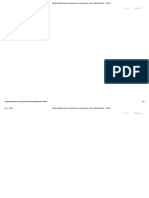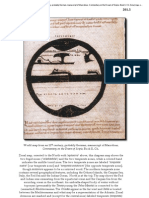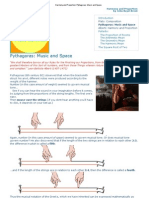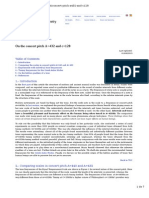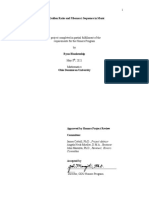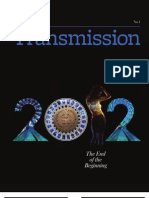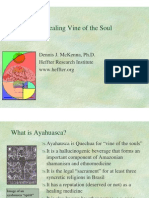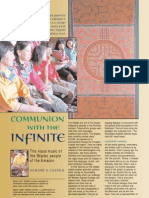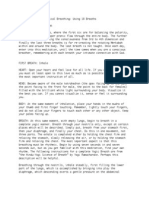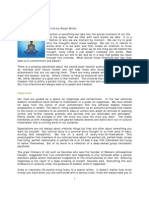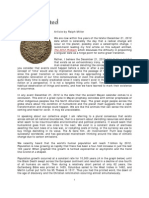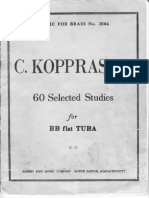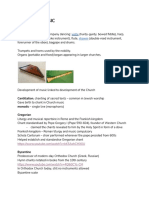0% found this document useful (0 votes)
3K views1 pageFibonacci Numbers and Music
The document discusses relationships between Fibonacci numbers and music. It notes that there are 13 notes in an octave, matching a Fibonacci number. The piano keyboard splits these notes into groups matching other Fibonacci numbers. Western music scales use 8 of these notes. Fibonacci recurrence relations also relate the frequencies of notes that make up musical triads. Beethoven's 5th Symphony structure reflects the golden ratio found in Fibonacci sequences. Overall, many fundamental aspects of music incorporate Fibonacci numbers.
Uploaded by
Charity MastersCopyright
© Attribution Non-Commercial (BY-NC)
We take content rights seriously. If you suspect this is your content, claim it here.
Available Formats
Download as PDF, TXT or read online on Scribd
0% found this document useful (0 votes)
3K views1 pageFibonacci Numbers and Music
The document discusses relationships between Fibonacci numbers and music. It notes that there are 13 notes in an octave, matching a Fibonacci number. The piano keyboard splits these notes into groups matching other Fibonacci numbers. Western music scales use 8 of these notes. Fibonacci recurrence relations also relate the frequencies of notes that make up musical triads. Beethoven's 5th Symphony structure reflects the golden ratio found in Fibonacci sequences. Overall, many fundamental aspects of music incorporate Fibonacci numbers.
Uploaded by
Charity MastersCopyright
© Attribution Non-Commercial (BY-NC)
We take content rights seriously. If you suspect this is your content, claim it here.
Available Formats
Download as PDF, TXT or read online on Scribd
/ 1






